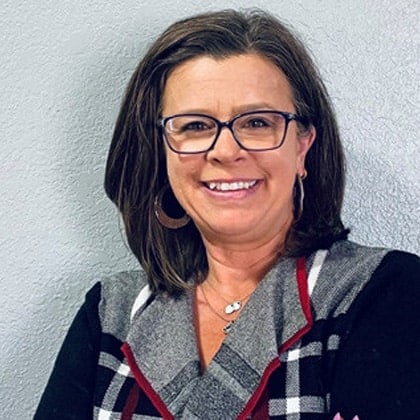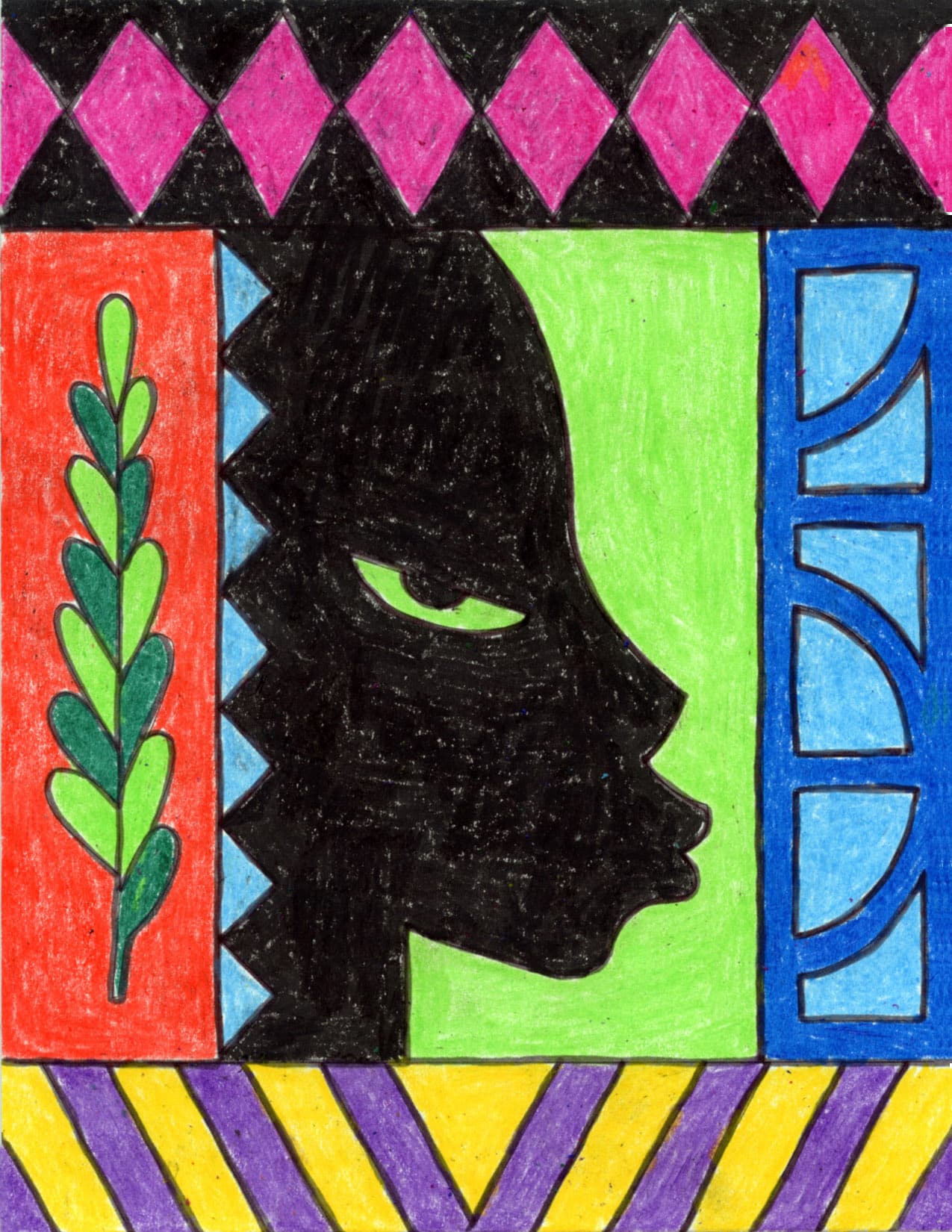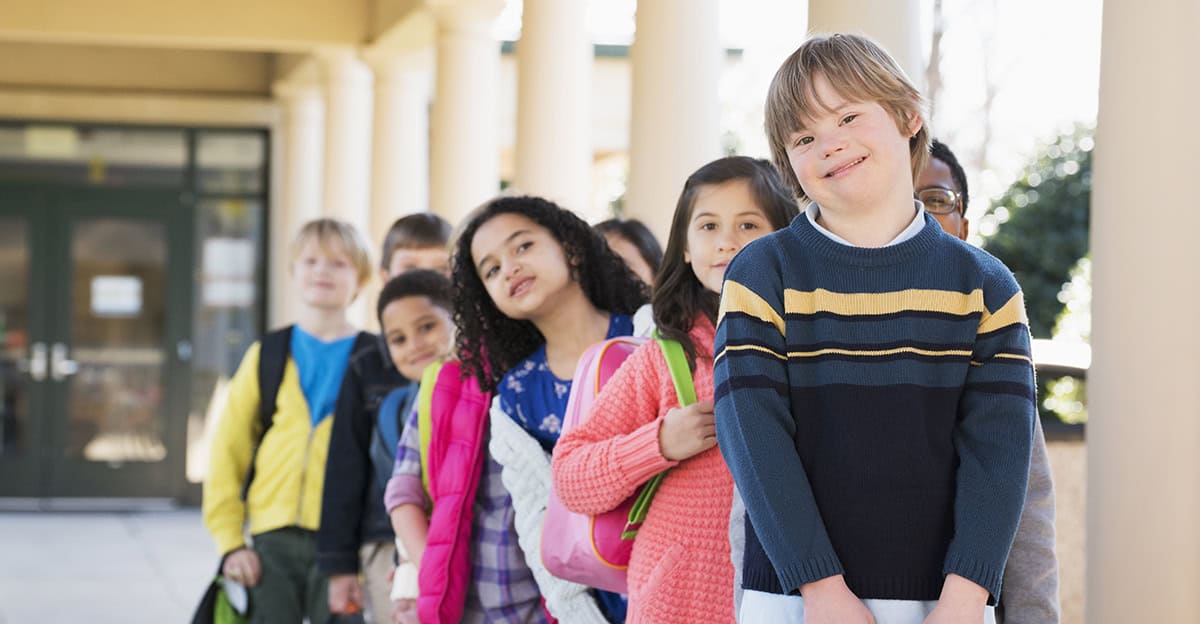
Student interventions are an essential part of any K-12 education system. Each student’s needs are unique, and some students might need additional guidance beyond what they get through whole class instruction. A multi-tiered system of supports (MTSS) or a Response to Intervention program (RTI) ensure that students’ various learning needs are addressed, allowing everyone to thrive.
In a tiered intervention system, all students receive core instruction. Those who need more help in meeting academic or behavioral goals then receive additional instruction in a small group environment, such as in reading or math groups. Students who need further help might receive one-on-one support through specialized instruction, behavioral support, or even replacement instruction as necessary. Along with instructional practices, the learning environment can support intervention.
Whether the interventions are academic, social emotional, or behavioral in nature, high-quality student intervention systems all share some key characteristics. Here are four critical strategies for designing and delivering student interventions that lead to success.
Information is Power
For interventions to be effective, educators must identify every student’s strengths and needs, then match each child with an appropriate intervention, monitor their progress, and make adjustments as needed. This requires educators to collect and analyze social-emotional, behavioral, and achievement data for every student on an ongoing basis.
The Center on Multi-Tiered System of Supports from the nonprofit, nonpartisan American Institutes for Research (AIR) describes four essential components of an MTSS framework.
Screening
This is a systematic process for identifying students who might be at risk for not meeting learning outcomes. Screening is generally conducted three times a year through reliable and valid assessment tools.
Multi-level Prevention System
This is an integrated continuum of academic, social emotional, and behavioral instruction and intervention that includes three tiers of intensity.
Progress Monitoring
This involves the use of valid and reliable assessment tools to monitor students’ progress, gauge their response to interventions, and evaluate the effectiveness of these supports. If students aren’t making sufficient progress, they might be paired with a different intervention or moved from Tier 2 to Tier 3 intervention.
Data-based Decision-making
All of this activity relies on the collection and use of student performance data, including grades, test scores, teacher observations, and the results from student screening and progress monitoring.
It Takes a Village
Decisions about which students need which types of interventions are best made collectively, with a student support, success, or intervention team regularly reviewing the data and discussing the best course of action for specific students.
Teams should include representation from a broad array of roles and perspectives, including administrators, counselors, and both regular and special education teachers. The process should be collaborative, with everyone on the team having a voice. The most successful teams are made up of volunteers, so leaders should try to assign members who genuinely want to participate.
The Center on Multi-Tiered System of Supports provides guidance on creating effective school-based intervention teams.
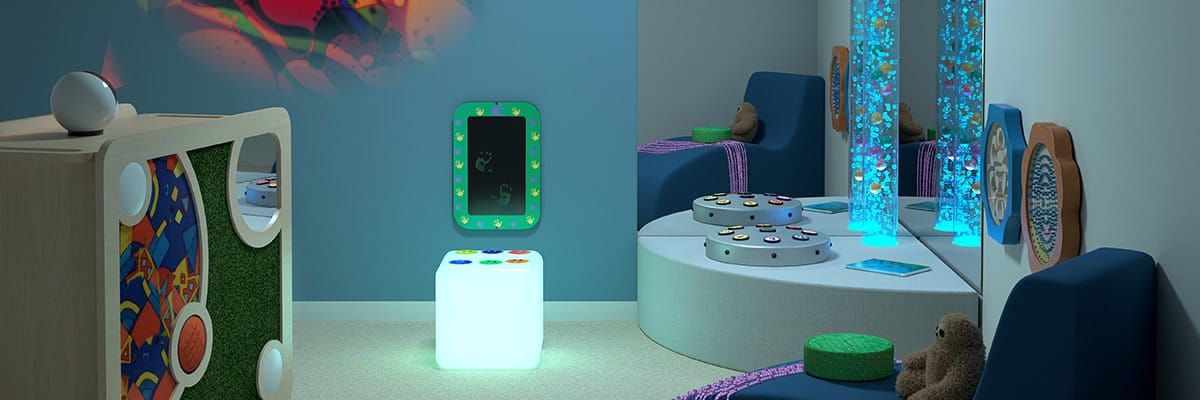
Effective Interventions Require High-Quality Resources and Environments
This might seem obvious, but you can’t deliver effective interventions without high-quality (and evidence-based) instructional resources to support them. The right resources can foster creativity and self-expression, which are essential components of social emotional learning. The learning environment should also be utilized to support instruction and intervention. Ensuring that the environment supports instruction allows students to build agency for their learning, collaborate, and have choice and voice to learn where they best learn is critical to support the instructional practices.
Research indicates that the design of the physical learning environment has a big influence on both the type and quality of instruction that occurs in that space. To maximize the effectiveness of student interventions, think about the design of the classrooms and other spaces where this learning occurs. Learning environments can be designed to support student interventions at each tier of instruction.
In Tier 1, for instance, flexible furnishings that can be moved around the room easily to create various student groupings make it easy to transition from whole group to small group instruction or even individual learning. The right type of classroom design can also promote student wellness and social emotional learning. In this tier, a school might also consider how they encourage social interactions and collaboration by providing a “hallway hangout” with soft seating or small group work areas. Schools may want to consider the use of acoustics to quiet noise in a more public area. These areas may also be used with tier two interventions.
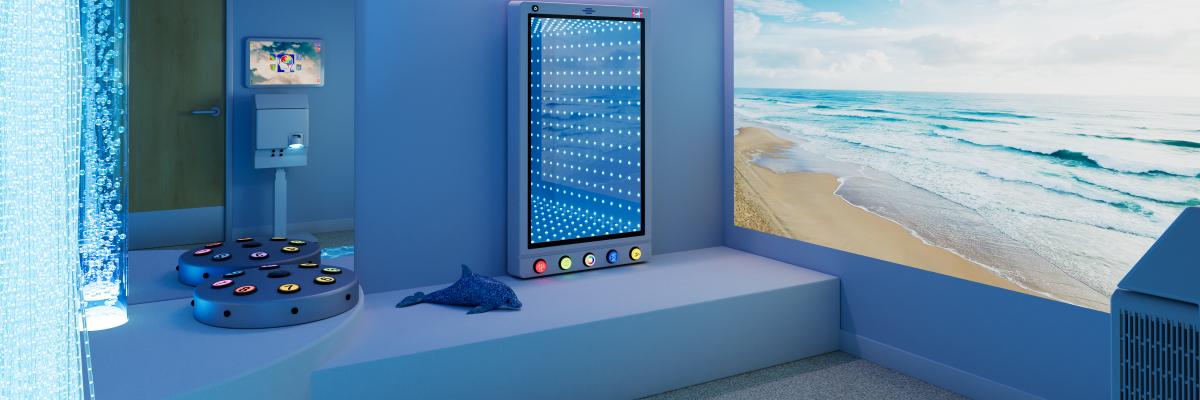
Tier 2 environments can allow students to take respite or support the need for a quiet space to work. This can be a chill corner in the back of a classroom that has soft seating, fidgets, or even sensory panels. Again, some of this instruction at tier two can benefit from using a “hallway hangout” space for small group or individual support.
Students who need Tier 3 behavioral intervention might benefit from spending time in a Snoezelen® multi-sensory room. Students with sensory processing concerns may benefit from interventions focused on proprioceptive input, vestibular input, or oral motor, language, or auditory skills. A Snoezelen® multi-sensory room allows a student to control their environmental inputs by changing the colors or sounds in the room, among other things.
Fostering Success
With interventions playing an increasingly important role in K-12 instruction, how you design and deliver these programs is fundamental to student success. By following this advice, you can develop highly effective student intervention programs that enable everyone to flourish.
Dr. Sue Ann Highland
Sue Ann Highland, PhD, is the National Education Strategist for School Specialty. She has more than 25 years of experience as an educator, administrator, and consultant with school systems across the United States, with broad expertise in designing and creating highly effective learning environments.
Read more by Dr. Sue Ann Highland–>

